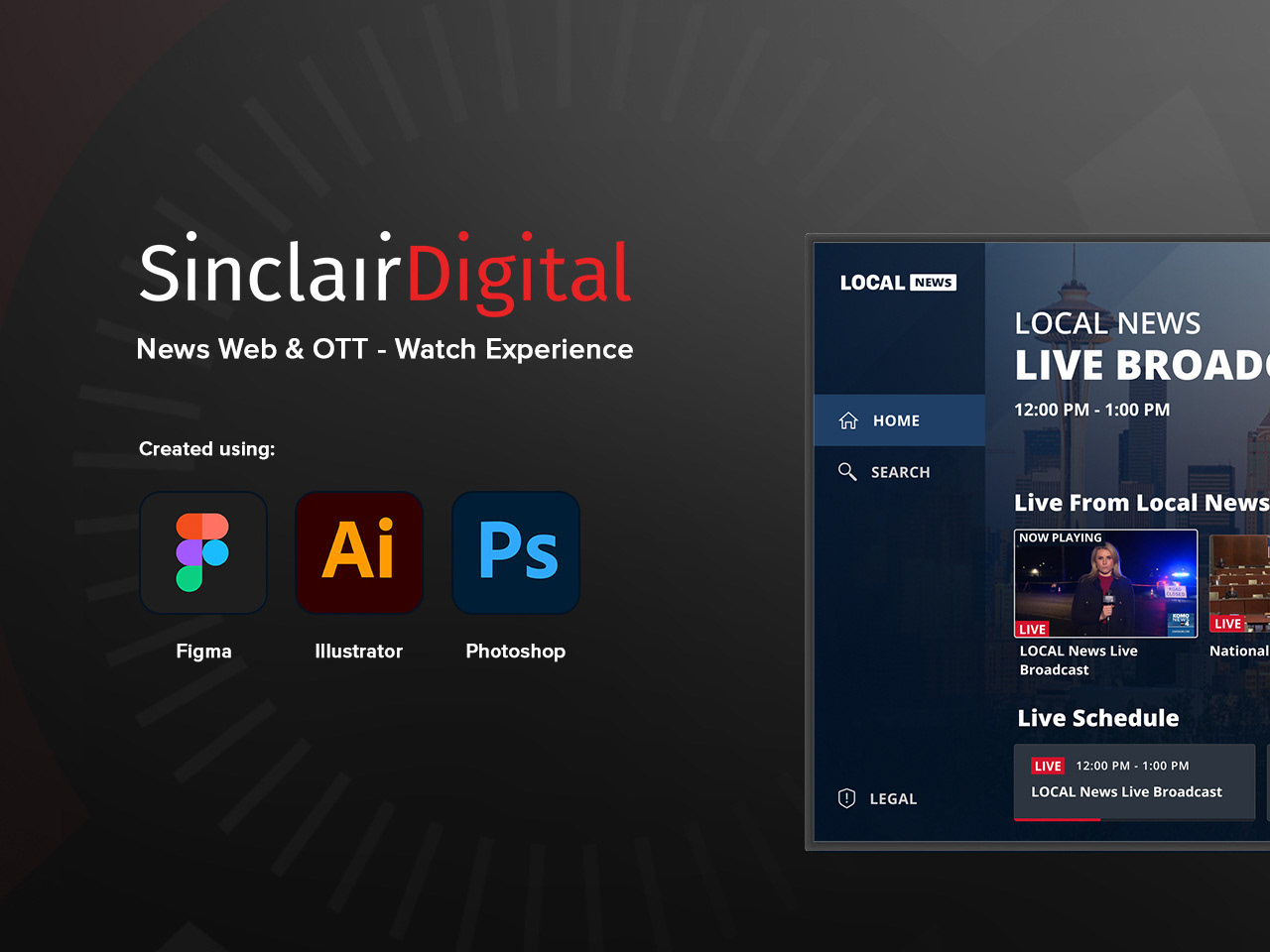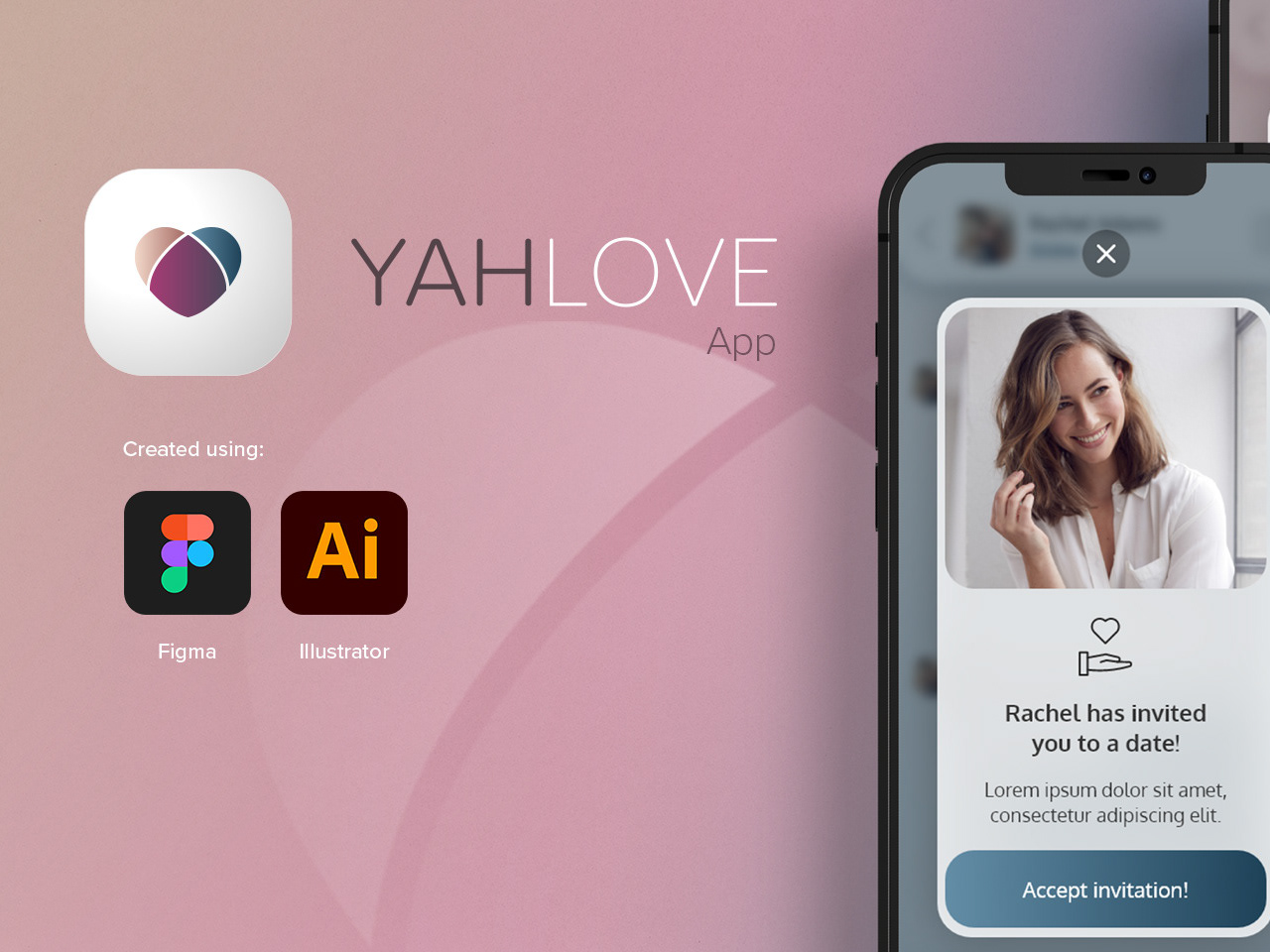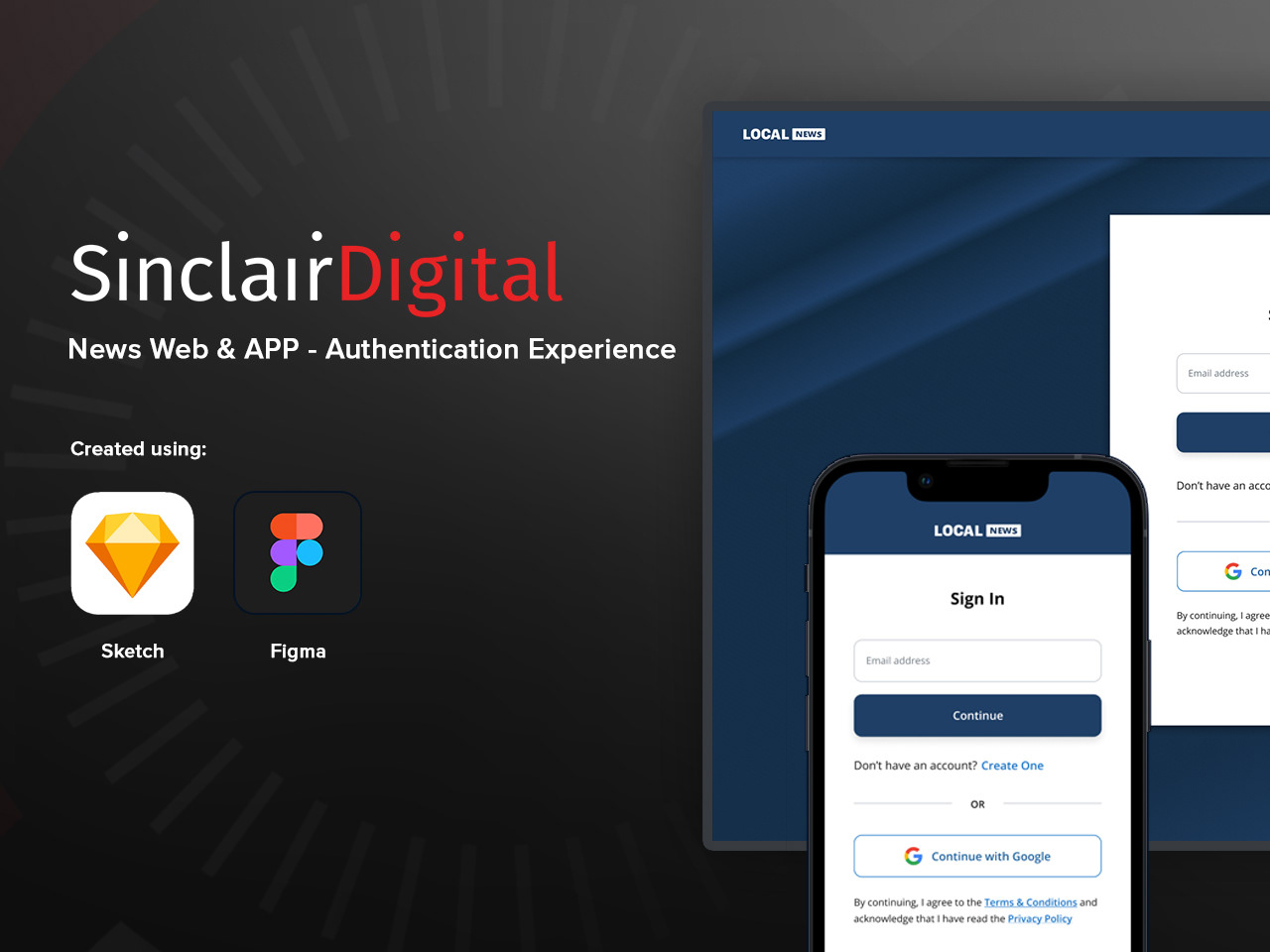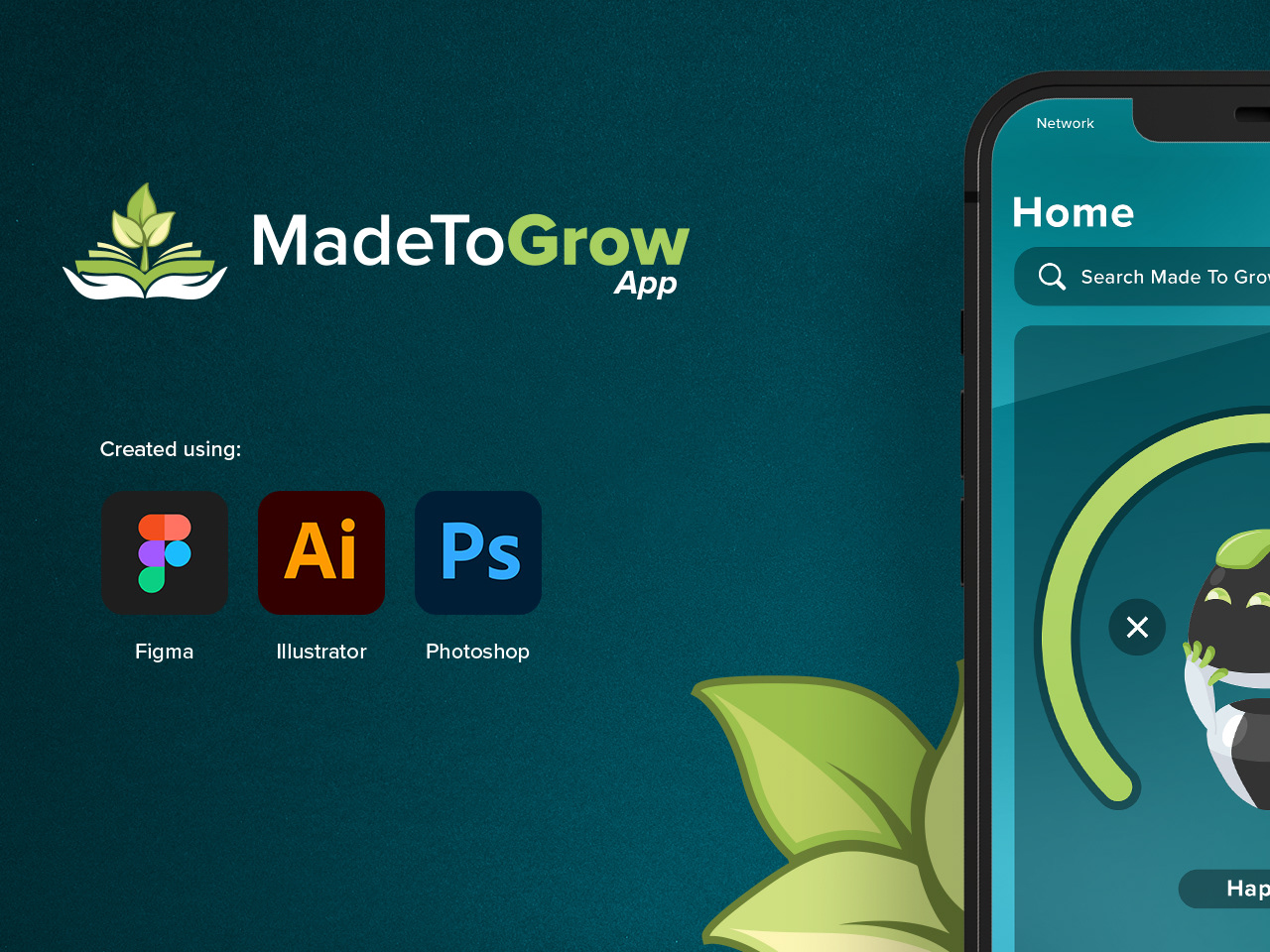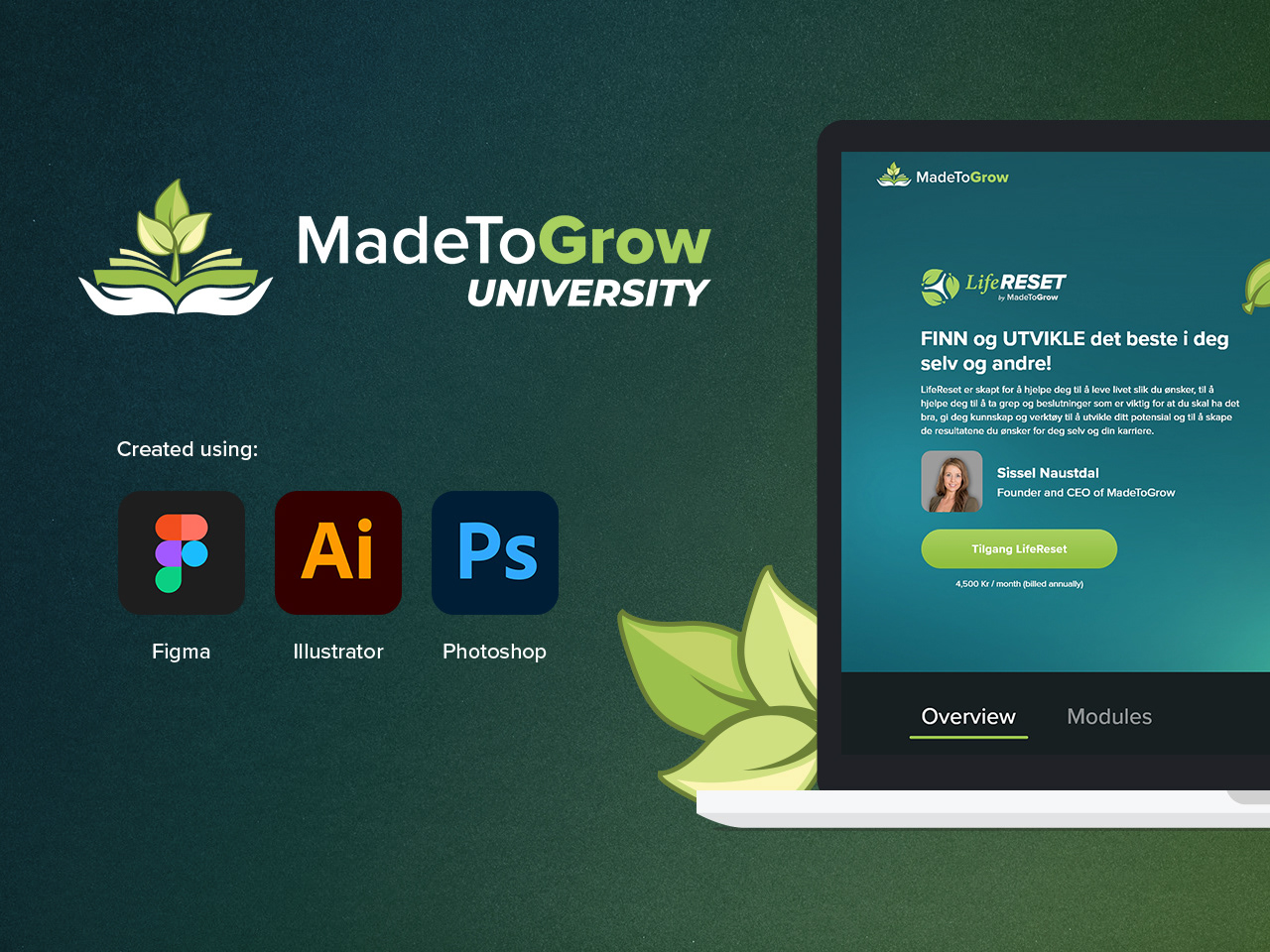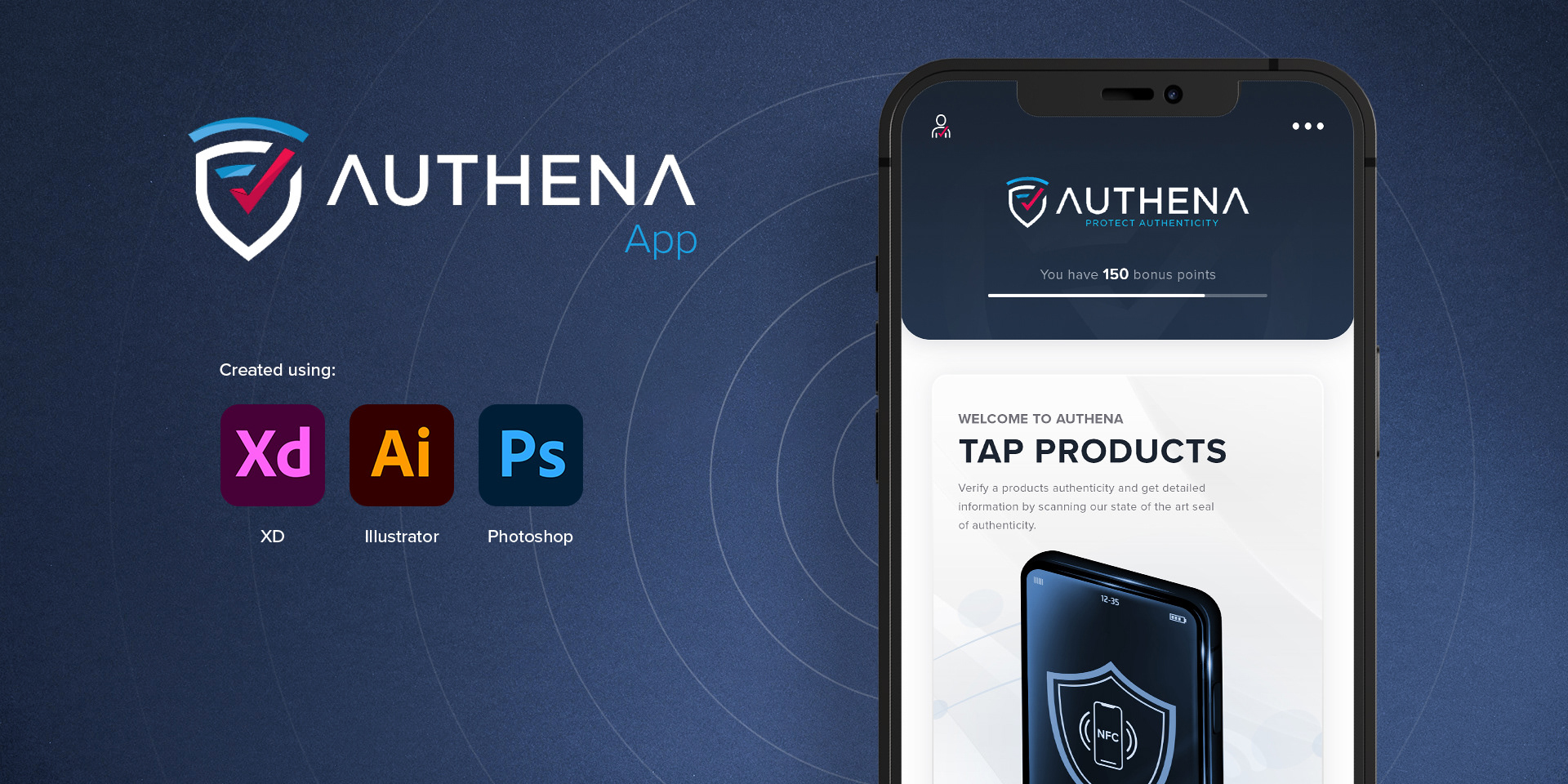
OVERVIEW
Authena Fragrances & Esxence is a mobile application that offers product authentication solutions that are flexible and scalable across industries, this version I designed focuses in the authentication of cosmetics & perfumes via NFC tags that can be read via smartphone granting instant access to product history, certifications, and proof of authenticity. Faster and safer than any solution based on QR code.
The project's idea and concept was conceived by the Authena company based in Switzerland. The UX and UI solutions for the product were designed by me working remotely from Katy texas in collaboration with Authena's CEO Matteo Panzavolta.
Later on, the app's final product would be developed by Authena's team based on my UX design, prototypes and animations.
While using the Authena app you can:
· Instantly authenticate genuine products and verify their integrity
· Learn about the characteristics of tapped or manually searched perfumes
· Rate the perfumes you tried and save your favorites in personal libraries
· Access to the product blockchain passport to be confident that the information you see is authentic
My Role
User Experience Designer
User Experience Research, Interaction, Visual design, Prototyping, Animation
Project Date: Nov 2020 - Mar 2021
Problem Statement
The cosmetics industry is a growing and lucrative business, cosmetic products can be expensive. Among these cosmetics we can find perfumes & fragrances, these items can be expensive and are prone to attempts at counterfeiting and scams. Shoppers around the world have often been victims of these scams and other malpractices such as purchasing opened products that are labeled as brand new.
Authena aims to fight these criminal practices by providing it's users with tools that help them detect the authenticity of a product via NFC tag reader, a useful yet widely unused tool in nowadays smartphone and other digital devices.
These NFC tags can answer questions about a product such as, is it brand new or is it opened? is it authentic or is it a counterfeit? and can also help provide additional information about the product and it's origins and also rating and reviews.
Competitive Analysis
At the time of starting the project, there were no direct competitors in the market, however I directed my competitive study at shopping apps that may offer information about a product and apps that offered similar features that involved NFC reading functionality, so I compared the features & offerings from four different apps against Authena.
During my research, I found that Authena covers a huge market gap with no directly competing apps and out of the compared competitors only a few fulfilled or even partially fulfilled some the characteristcs that Authena possesses. However Authena sets itself apart in several very substantial ways.
- Authena features direct NFC reading.
- Authena can detect if a product seal has been opened.
- Authena provides information about a product
- Authena can detect products using it's camera
- Authena is NOT a shopping app
Personas & Empathy Study
The Authena company decided the demographic groups they were targeting their app to, and after conducting interviews and surveys to these key demographics I gathered the data and reviewed the quantitative and qualitative results and defined three profiles of personas that would represent key potential user archetypes: Jacob (Student, 19), Maria (Accountant, 28) and Amber (News anchor, 42).
These personas helped visualize and empathize with the thoughts and intentions of the potential user groups the app targets as well as prioritize goals according to their needs and make educated design decisions that would improve the overall user experience of the app.
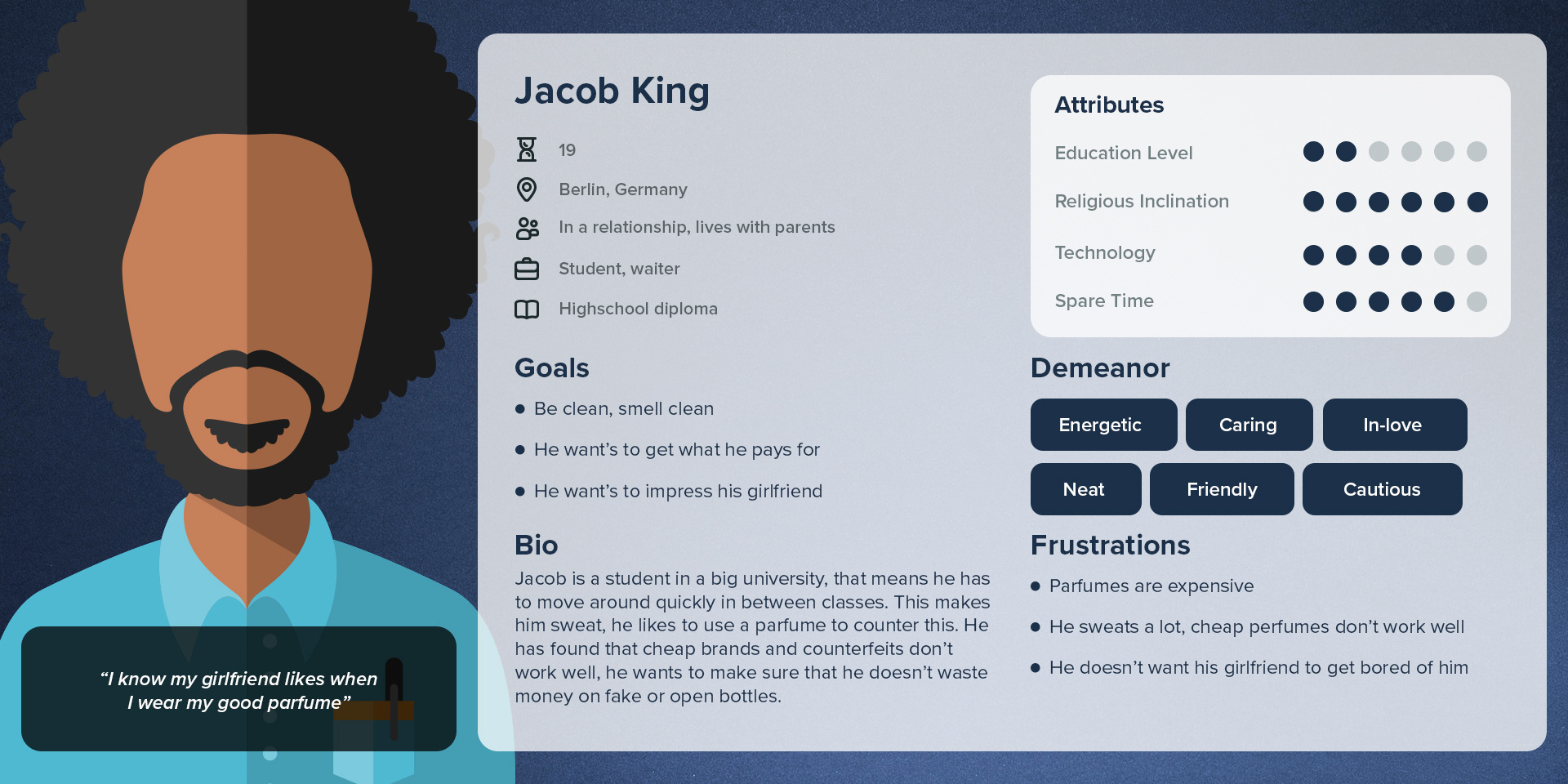
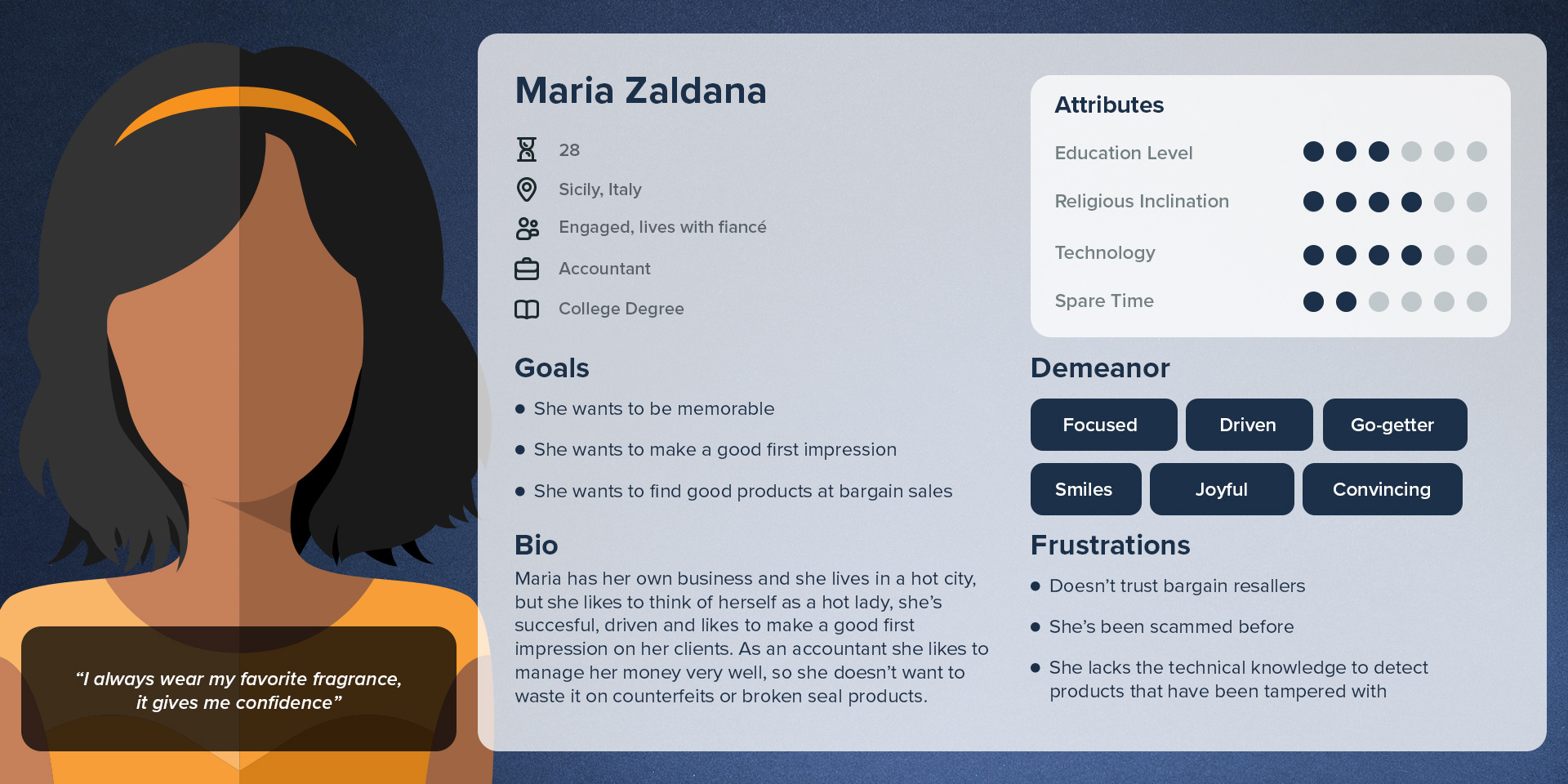
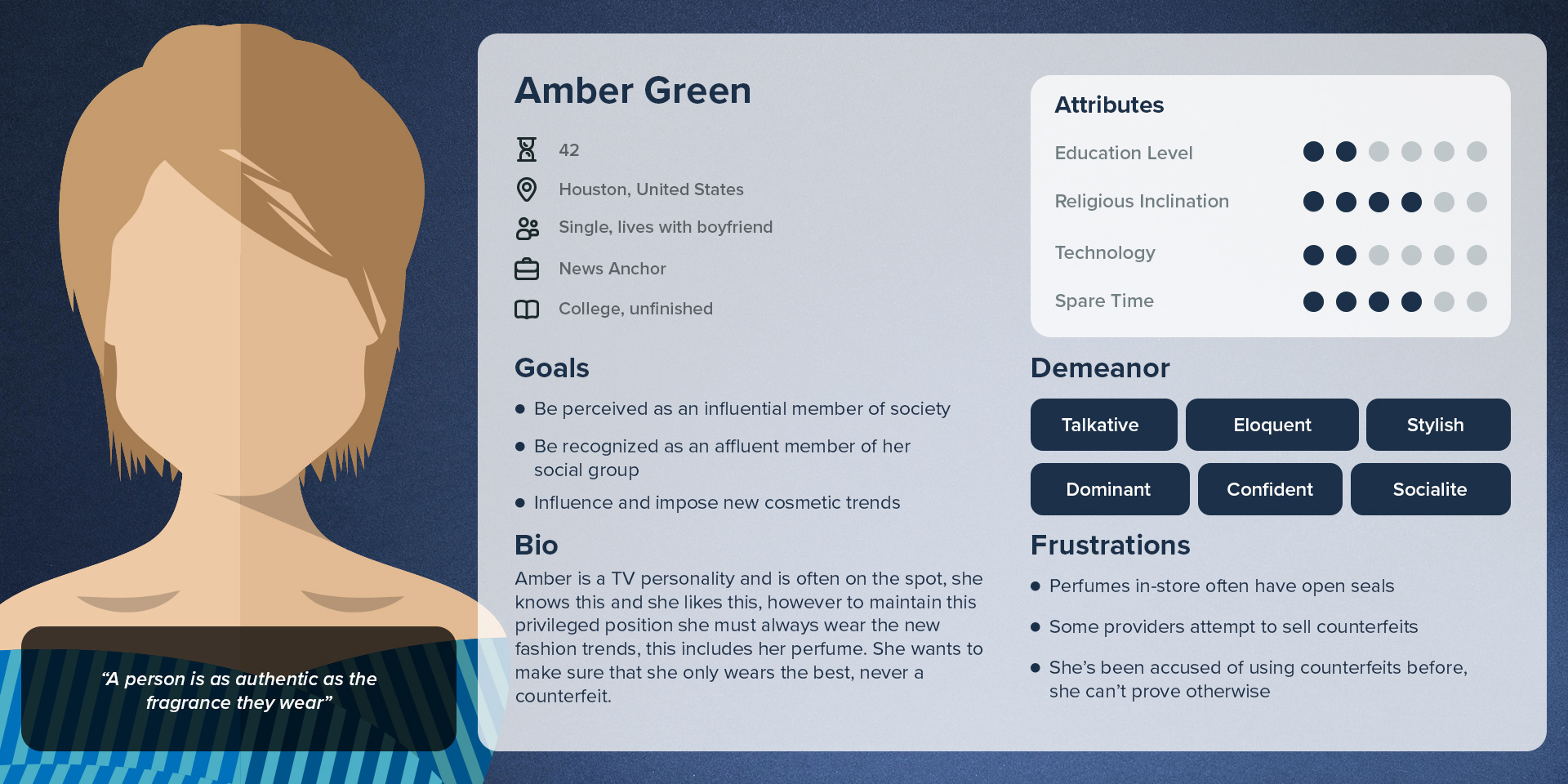
Information Architecture
The Authena company had proposed their own version of the organization and disposition of the app's information architecture.
After conducting my own UX research and analysis I made my counterproposal of an improved IA that would help users stay on the "happy path" with no navigation roadblocks and a simpler structure that would yield the same or better results without being confusing for inexperienced users or users with disabilities.
For this I conducted surveys and gathered the quantitative and qualitative data and took it into consideration to produce iterations that through trial and error produced favorable results that improved the final IA of the app.
Wireframes
After having a clear idea of the most efficient navigation path I started to create sketches organizing and including all the elements of the app, including the scan screen which had been requested to have it's own particular interface.
With these wireframes I achieved to design a structure that allowed the user to easily navigate the app while staying on the “happy user path” with no roadblocks and easy access to all of the interconnected screens at any given time.
Visual Design
The visual design was developed following previously established brand guidelines plus visual iterations of mood boards to create an usable UI kit and produce a final set of first version screens of the app.
These versions were then sent to the Authena company and they decided which version they felt was right for the prototype.
After some iterations and adjustments the final visual design was approved for prototyping.
Prototype
One prototype was created at a key stage of the process:
- A high fidelity prototype with the final UI that would later be developed into a final working product.
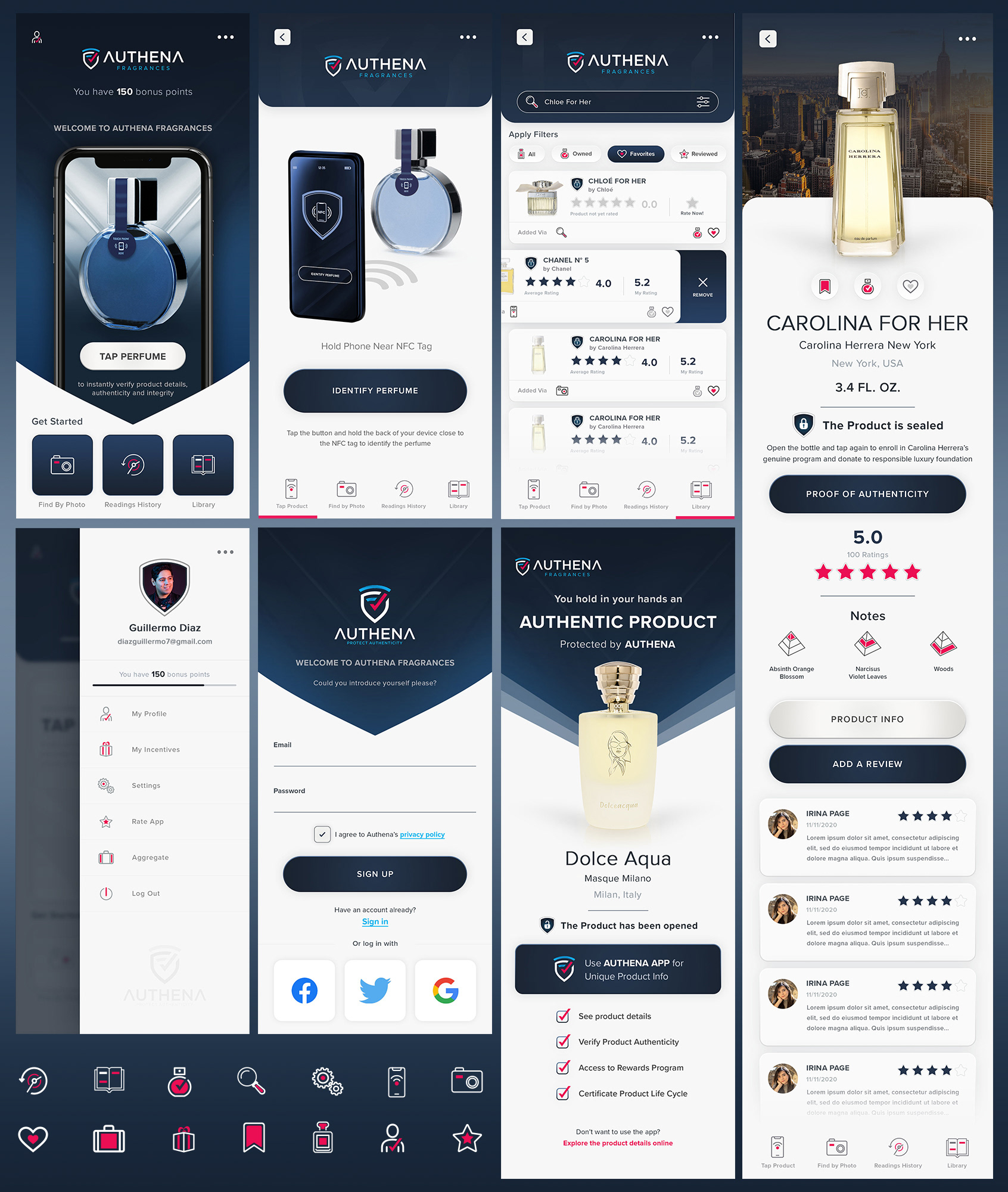
Conclusion
This project was a very welcome challenge due to how tight the deadlines were for each stage, these deadlines made me push myself to work quick and efficiently while maintaining high levels of quality and consistency throughout the design.
After the final MVP was approved and sent for development, the Authena team hired me again to design and finish the visual design for the remaining screens, including but not limited to:
- Registration process
- User profile
- Settings screens
- Other non-perfume product NFC authentication screens
